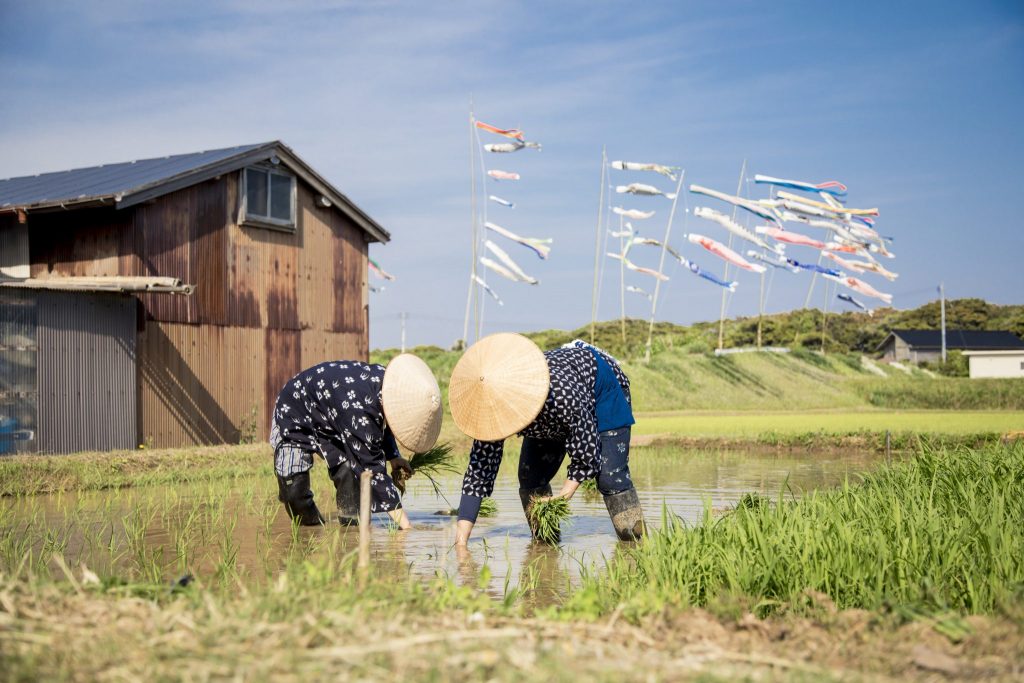How Travel Is Saving Japan’s Disappearing Hamlets

Skift Take
Japan’s marginal villages could be living on borrowed time as populations dwindle, but tourism is bringing respite. Here's how.
Yoko Era and husband traded their office jobs for a life in rural Asuka in Japan in 2005, drawn to farming as a way of getting closer to local produce. Today, the couple makes a living not only from farming, but also from their inn business, welcoming tourists to their homes in the bucolic mountains of Nara Prefecture.
Era is part of a new breed of urbanites choosing to move to rural Japan and finding opportunities in tourism — helping reverse a worrying trend of declining population outside of Japan’s thriving urban centers.
Like other countries around the world, Japan had been grappling with rural-urban migration as populations gravitate towards urban centers in search of economic opportunity.
However, the effects are especially pronounced in Japan, exacerbated by the world’s fastest aging population and plunging birth rates. By 2065, Japan is projected to lose one-third of its population, to just 88 million people. Census figures estimate the country’s population has shrunk by nearly a million since 2010.
“The progress of aging and depopulation impose very tight financial difficulties [on rural municipalities] to maintain infrastructure, due to the decreased tax revenue from depopulation,” shared Yasuo Ohe of Chiba University’s food and resource economics department. Ohe has authored numerous research on rural economics and tourism over the past decades, most recently Community-based Rural Tourism and Entrepreneurship: A Microeconomic Approach.
The term genkai shūraku, or marginal villages, has been coined to describe the problem of greying hamlets in Japan. In Asuka, the small village in Nara prefecture that Era now calls home, population has declined by about 22 percent in less than a decade, to just 5,339 in 2018, according to the Statistics Bureau of Japan. The proportion of inhabitants aged above 60 was nearly 46 percent in 2015.
Tourism Opportunities
As visitor numbers to Japan grow, so have hopes of reviving the country’s disappearing h
